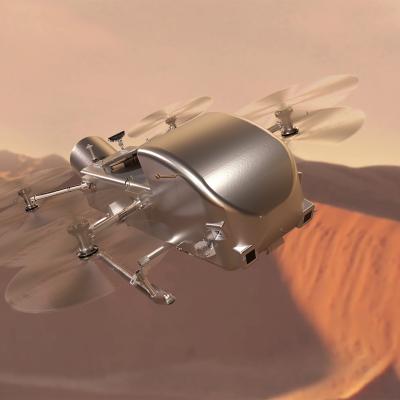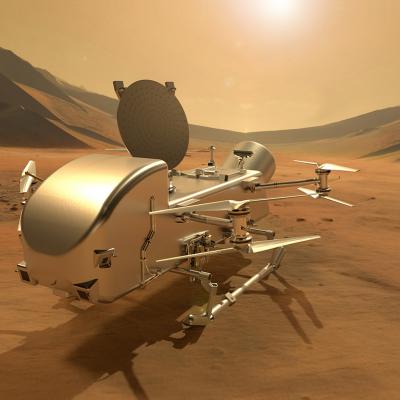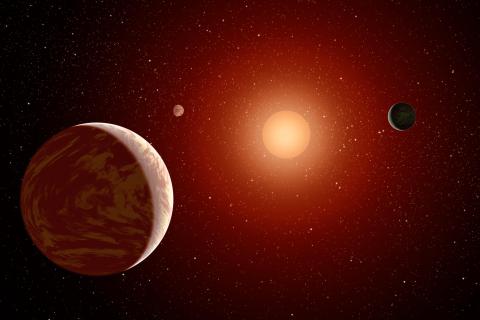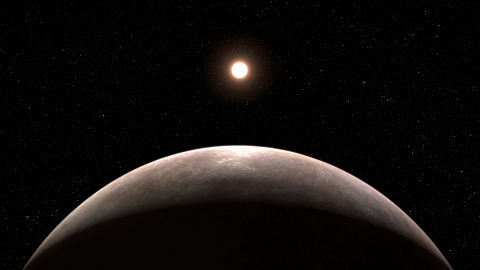Missions
APL has designed, built and operated more than 70 innovative spacecraft over its six decades of spaceflight experience. Click below to learn about some of the missions that made revolutionary discoveries, and spacecraft that will push the boundaries of exploration and investigate outstanding scientific mysteries.
Instruments
Scientists and engineers at APL have designed, built and operated more than 300 novel space instruments and methods to conduct cutting-edge research and make groundbreaking discoveries. Click below to learn about some of these instruments and their role in shaping our understanding of space and the solar system.
Stories
Go inside APL’s space missions and research, and check out the latest news, features and discoveries from the teams that are probing mysteries from the Sun to the edge of the solar system and beyond.







